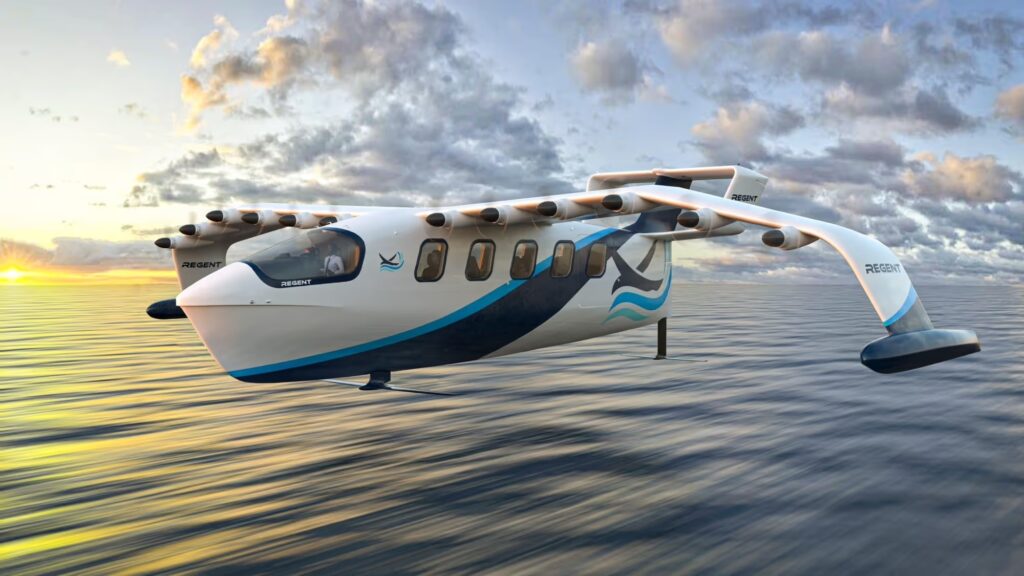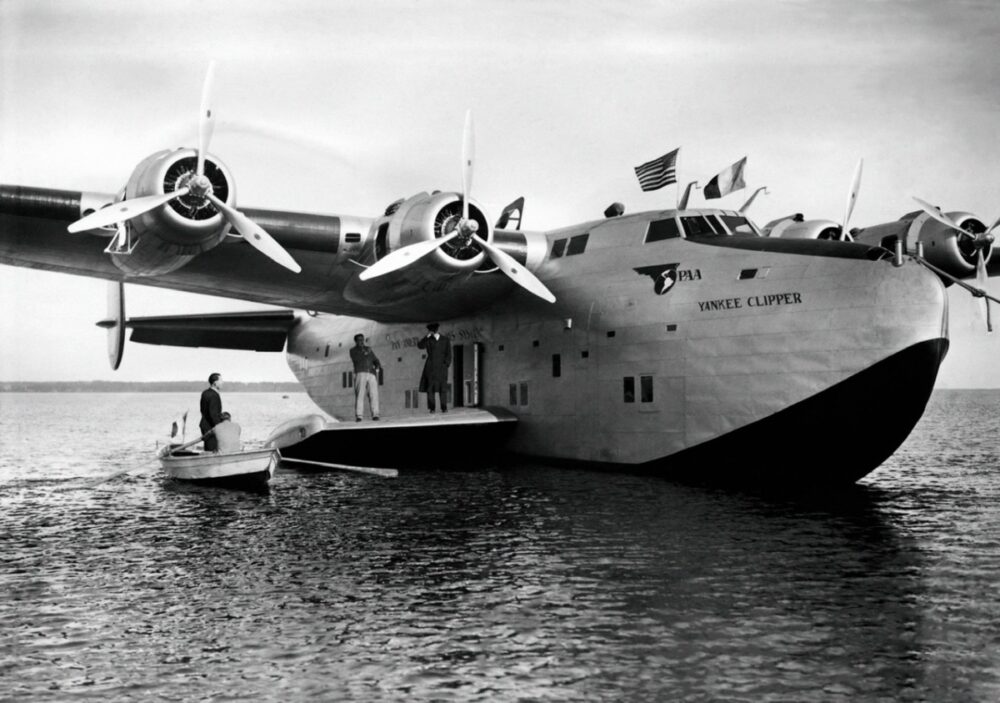Once upon a time, before the arrival of the jet age, seaplanes owned the skies.
Float-planes and flying boats dominated international travel in the earliest decades of aviation, such as the Boeing 314 Clipper that was a mainstay of Pan American’s service and ferried President Franklin D. Roosevelt from Miami to Morocco during World War II.
Now, a renaissance may be just beyond the horizon.
Established companies and startups alike are rethinking the utility of seaplanes as airports grow more congested and new composite materials, electric propulsion, and novel design approaches hold promise for efficient alternatives to land-based aircraft.
“There could be a new era,” said Vincenzo Nugnes, a researcher at the German Aerospace Center (DLR) who delivered a research paper at the 2025 AIAA AVIATION Forum on seaplane design. “Seaplanes are once again being considered for their unique capabilities.”
But seaplane design is a “lost art,” he said. “The knowledge is lost in the old archives. It was kind of abandoned after World War II.”
The Italian-born aerospace engineer has developed a new tool for the conceptual design of seaplanes, called OpenAD-Seaplane, that relies on “semi-empirical and statistical methodologies to quickly size a seaplane, including its buoyancy structures, given a set of top-level aircraft requirements.”
“OpenAD-Seaplane,” according to a summary, “demonstrates reliable performance in seaplane sizing, enabling informed decisions during the preliminary design phase.”
Nugnes explained that new technologies, such as lighter composite materials, can help overcome some of the unique challenges of operating in the marine environment, for example, the corrosion caused by seawater.
His research has been driven by a recent uptick in seaplane development internationally. “There are many startups launching conceptual designs.
Dornier Seawings, a joint German and Chinese venture founded in 2009, is developing the Seastar, which conducted successful water tests in Norway last year. The company believes its design offers “unrivaled versatility and performance for airlines commuting to distant islands, for agencies connecting remote territories inaccessible by other means, or for adventurous spirits delighted to possess something unique.”
The Swiss startup Jekta is developing the PHA-ZE 100, an all-electric regional amphibious aircraft designed to generate zero emissions. The company, which nabbed its first order in 2023, is also eyeing a 100-seat passenger aircraft.

Meanwhile, the Viceroy Seaglider, developed by Regent in Rhode Island, relies on a hydrofoil design that generates lift from the reaction of the water on fuselage to glide above the surface.
The U.S. military in recent years, working with Boeing subsidiary Aurora Flight Sciences, has also been researching a heavy cargo seaplane, called the Liberty Lifter. The project was funded by DARPA, but the agency said earlier this month it decided against building a demonstrator.
“We think our findings validate the hypothesis we had going in: you can build platforms that fly significantly cheaper and at significantly more locations than we do today,” Program Manager Christopher Kent told Defense News. “This opens up a pathway for next generation aircraft to be built using far more efficient construction technologies.”
Nugnes remains optimistic for a seaplane revival. “I believe they could eventually come back, so we need the tools to really innovate,” he said. “With seaplane design specifically, we are not so up to speed.”




